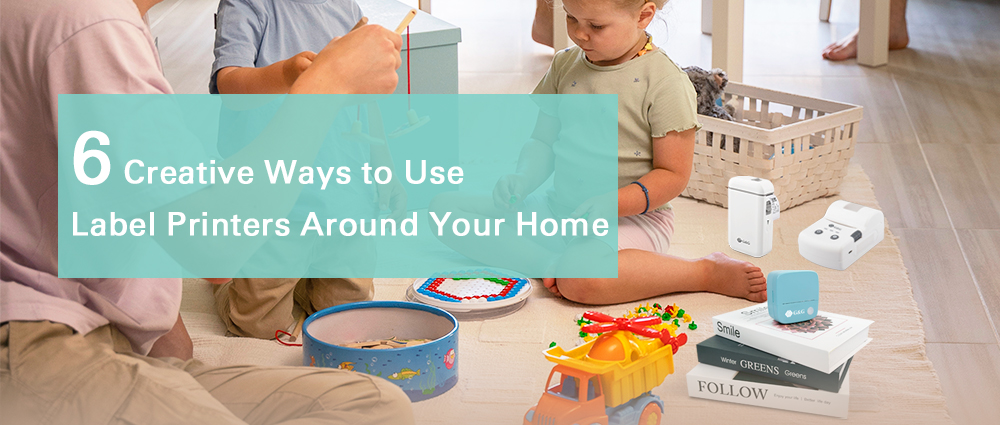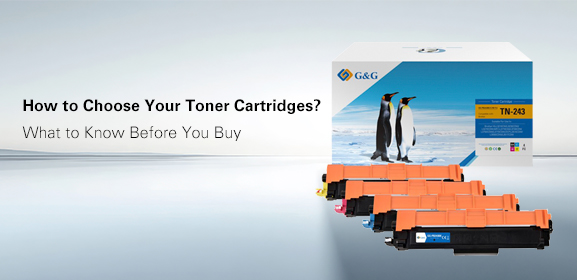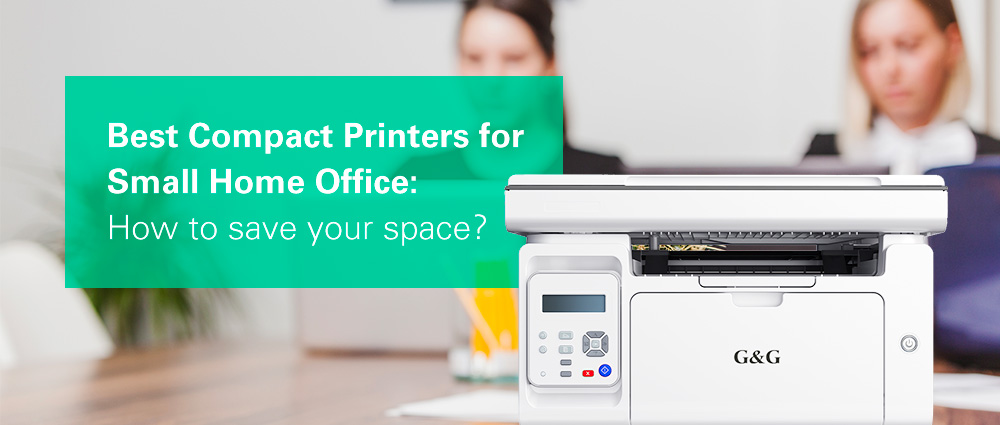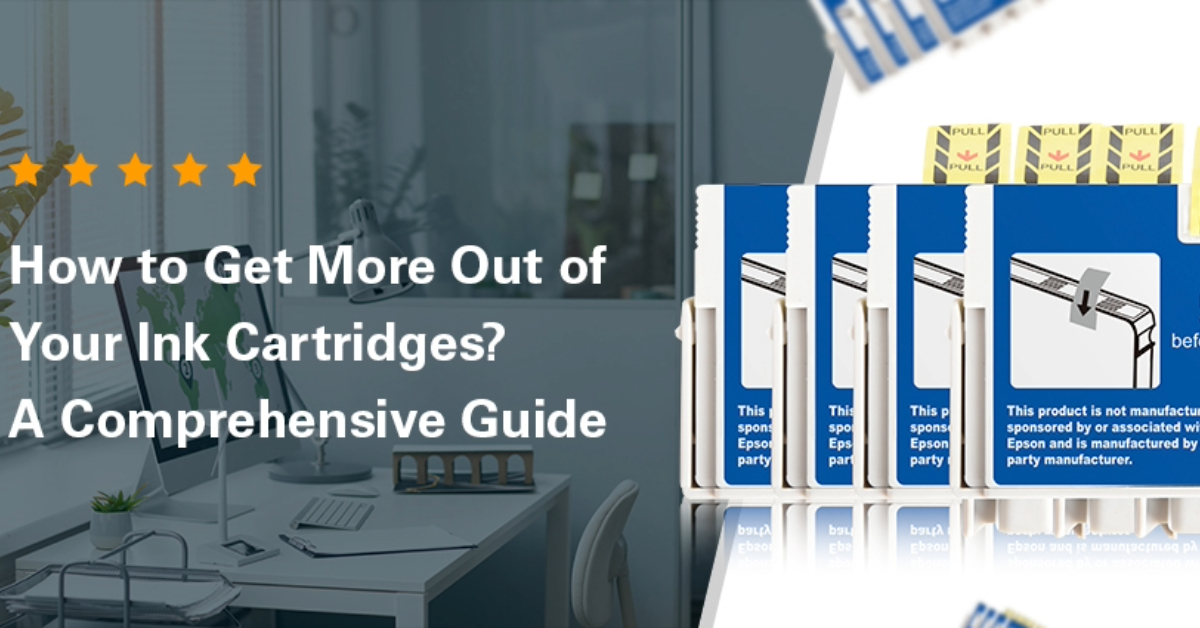-
Consumables
- Printers
- Industries
- Innovation
-
Partners
G&G Partner ProgramCo-Innovating Tomorrow Read More >
- About Us
-
Contact Us
When it comes to launching or expanding a custom apparel business, choosing the right print method is key. There are two popular contenders—DTF (Direct-to-Film) printing and traditional screen printing. Each offers unique advantages. But which is better suited for small businesses? Let’s break it down.
DTF printing uses a specialized DTF printer to print designs onto a film, which is then heat-transferred onto fabric using a press. Screen printing relies on stencils and layers of ink, DTF, however, allows for full-color prints with fine detail—directly from a desktop printer.
DTF is rapidly gaining popularity. They are easy to use, have a low setup cost, and can be extremely versatile. With a desktop DTF printing setup, small business owners can produce vibrant, durable prints on a range of fabrics—including cotton, polyester, and fabric blends.

To get started, you'll need a DTF printer device, heat press, hot melt powder, DTF inks, and transfer film. Many suppliers, including G&G, now offer DTF printer bundles with everything included. Compared to screen printing, the upfront investment is relatively low—making DTF one of the best DTF printers for small business operators looking to scale.
Screen printing has been a staple of the industry for decades. It’s ideal for high-volume jobs, especially when using simple, bold designs. However, while the prints are durable and vibrant, setup can be time-consuming and expensive. Each color requires its own screen, so it can cost more in time, labor and materials.
Screen printing might still be more cost-effective for businesses planning to print thousands of shirts with the same design. But for small batch runs or custom one-offs, DTF wins in terms of flexibility and turnaround time.
To embark on DTF printing, you'll need the following:
DTF Printer: A high-speed G&G DTF printer equipped with four Epson i3200 printheads, capable of printing up to 323 sq.ft/hr.
DTF Inks: G&G provides high-opacity white ink for strong coverage and vibrant color inks designed to prevent clogs and ensure skin-friendly prints.
DTF Transfer Film: Specialized film that receives the printed design before transfer.
Adhesive Powder: A DTF powder shaker and dryer combo evenly applies and cures the adhesive powder, ensuring durability.
Heat Press: The G&G Heat Press is used to transfer the design from the film to the fabric, achieving the right temperature and pressure for a successful transfer.
The debate on the “DTF vs screen printing” ultimately comes down to your unique business model. If you’re focused on personalization, fast order fulfilment, and lower startup costs, DTF printing is the smarter choice. A quality desktop DTF printer opens the door to on-demand production, lower waste, and easier customization.
However, if you're tackling large orders with fewer design changes, screen printing still delivers strong margins.
For most small businesses entering the custom clothing and fabric market, DTF offers the best blend of efficiency, print quality, and scalability—making it a future-proof investment worth considering.






